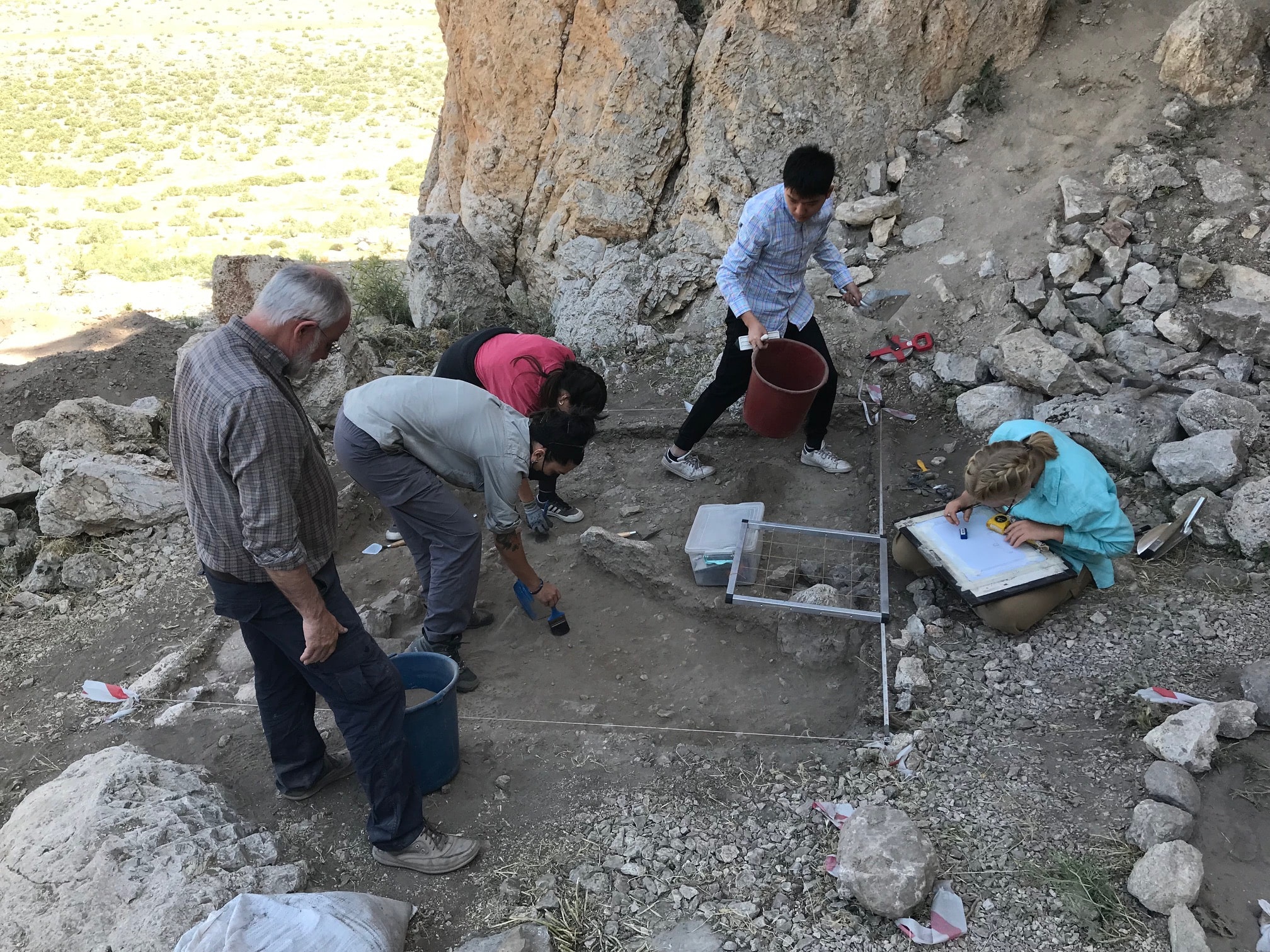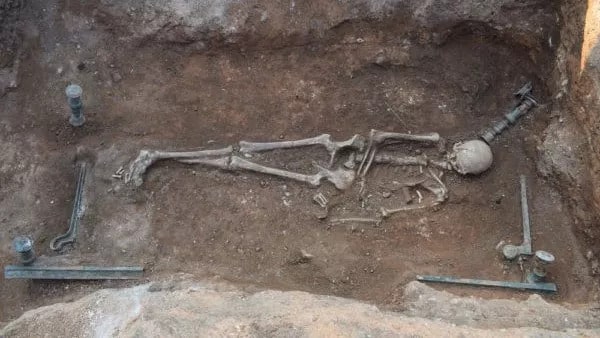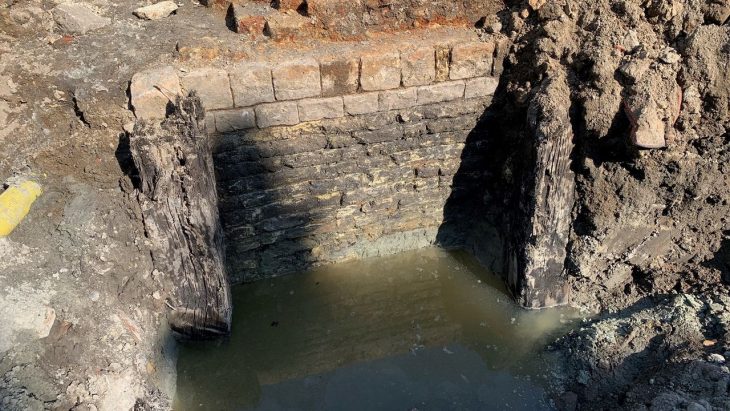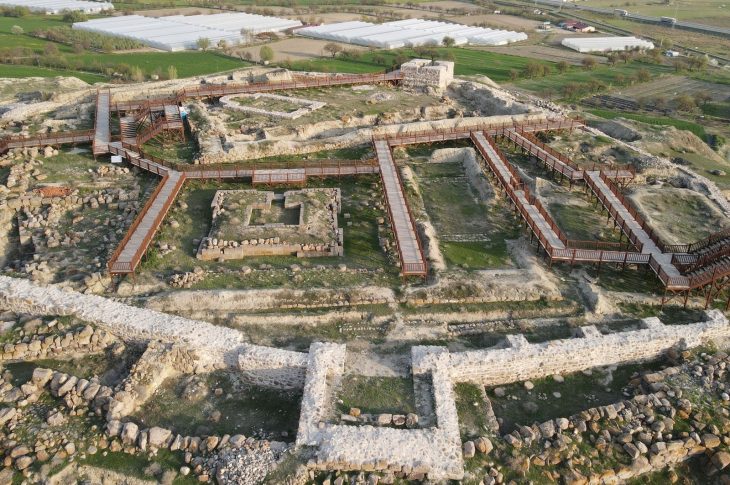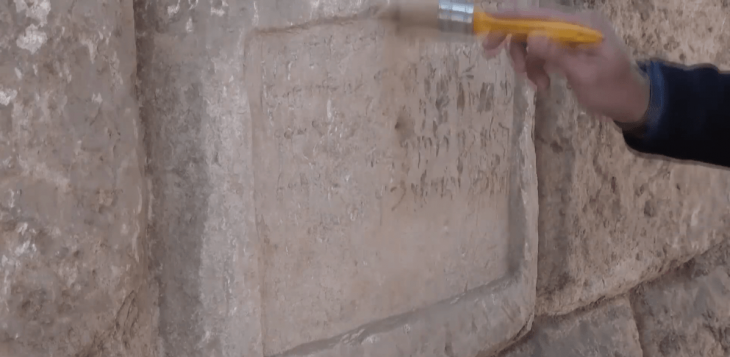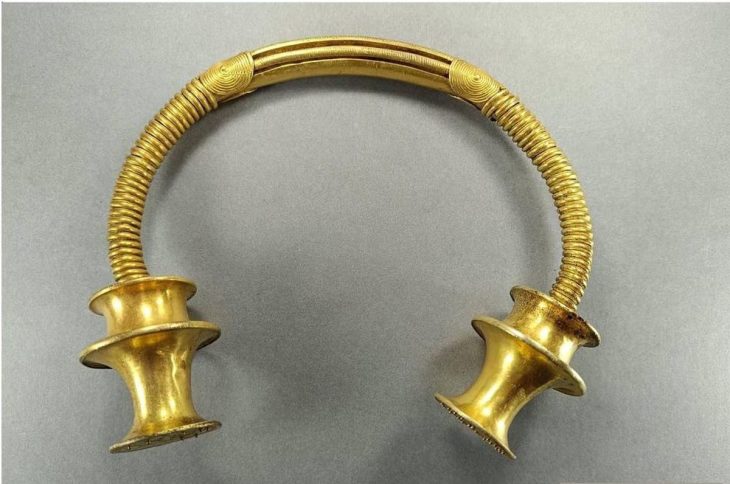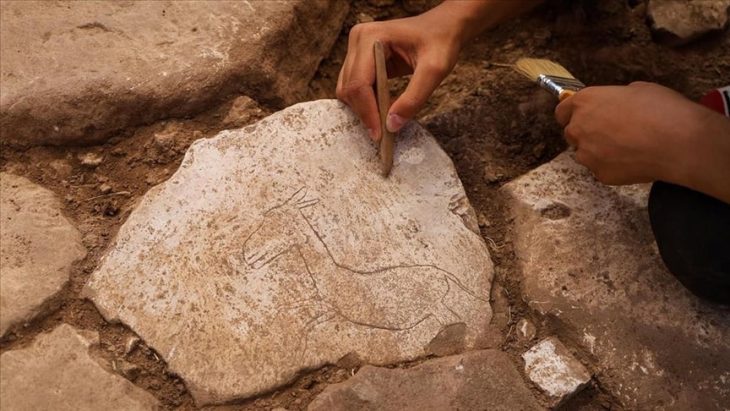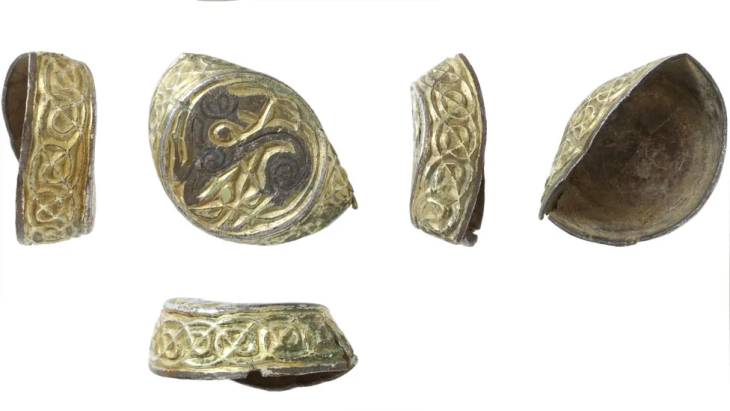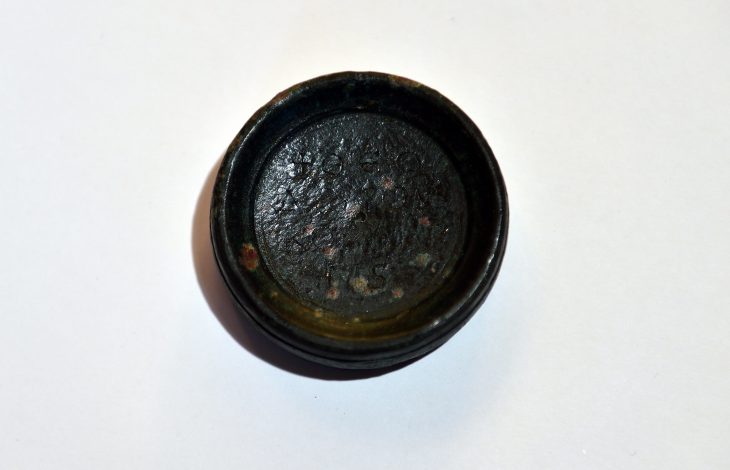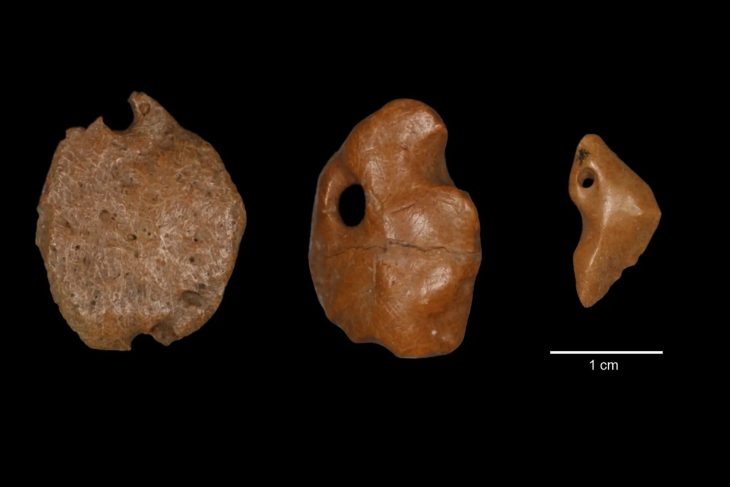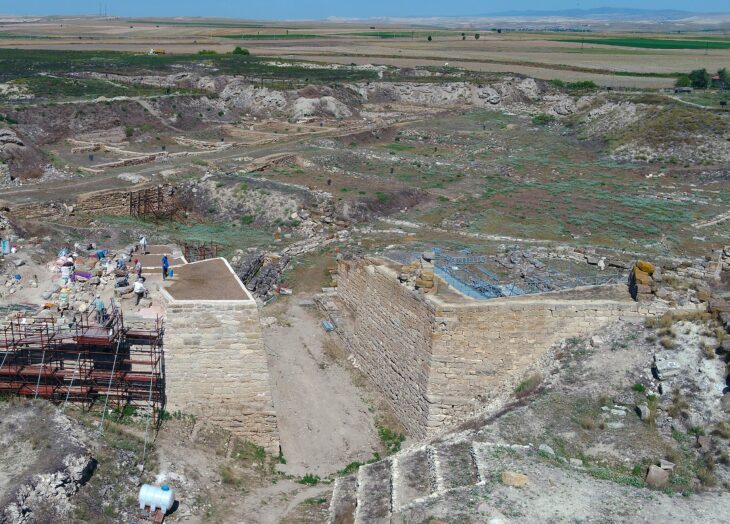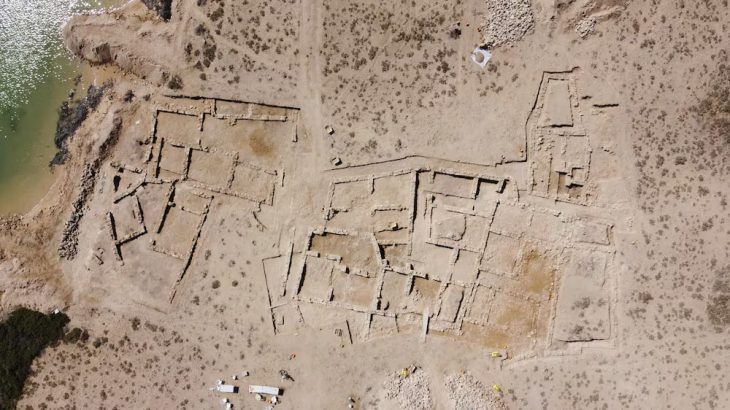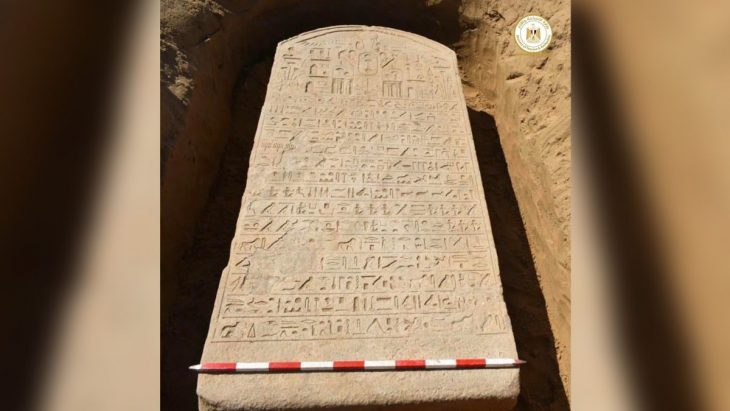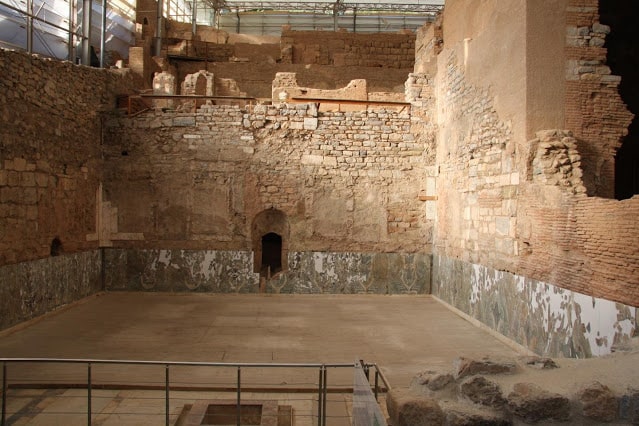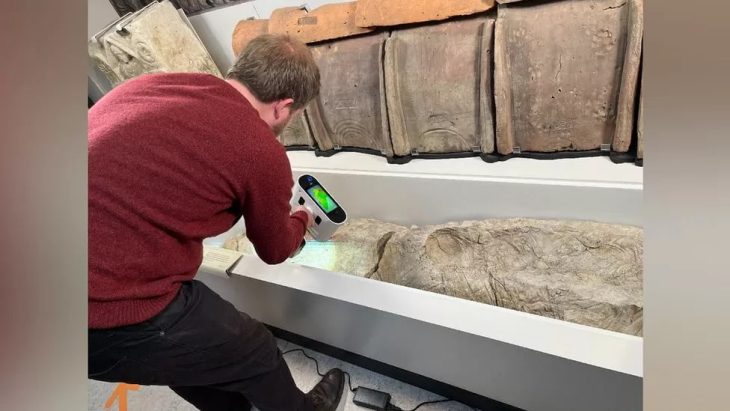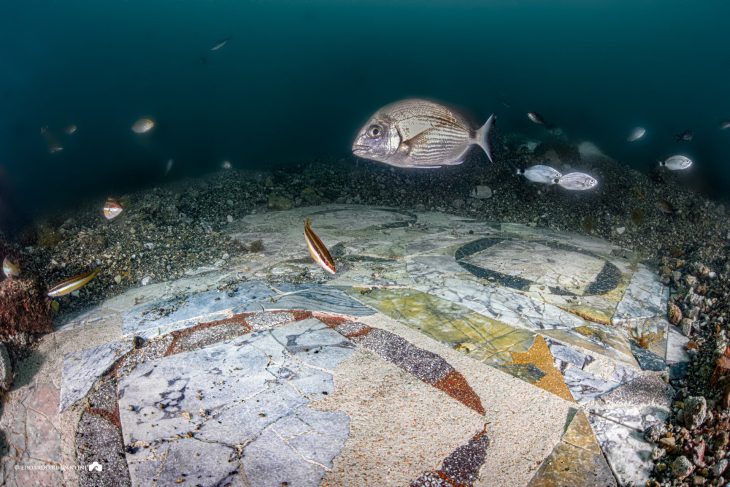The Department of Excavations and Researchs, which is affiliated with the Ministry of Culture of the Republic of Turkey, attracted attention with the tweet it today shared about Karaman/Pınarbaşı Höyük (Pınarbaşı Mound).
The Excavations and Research Department, in their tweet today, claimed that “The excavations carried out in the area considered to be the oldest known cemetery in Anatolia (14.000 BC) in Karaman/Pınarbaşı Höyük show that Pınarbaşı people may be the ancestors of the Boncuklu Höyük and Çatalhöyük neolithic human communities.”
Communication and interaction between cultures develop, change and take shape due to many different reasons. This current dynamism can be associated with many reasons ranging from raw material changes to kinship relations, or it can be evaluated as a reaction to changing population percentages or external influences.
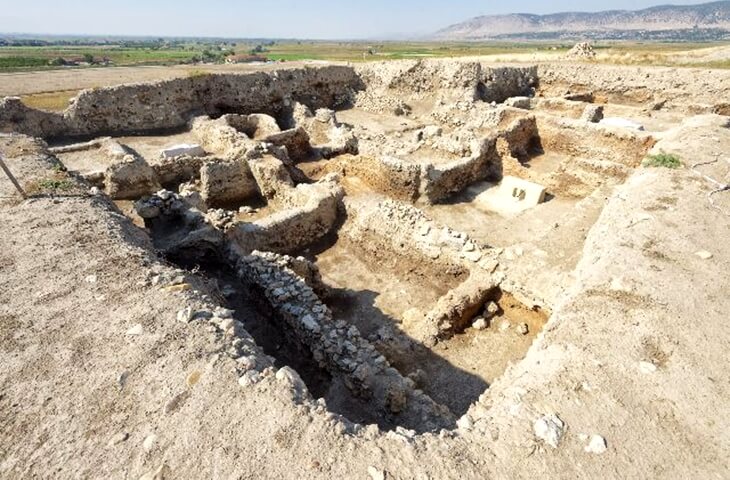
According to scientists, cultural relations are more intense and fast in the east but develop slowly in Central Anatolia. However, as new things are added to what we know every day, it is not possible to predict how volatile the dynamics can be.
According to the data obtained as a result of the excavations, it is seen that the social and economic organization of the Neolithic cultures in Central Anatolia was highly developed in settlements such as Aşıklı Höyük, Pınarbaşı, Boncuklu Höyük, and Çatalhöyük.
Boncuklu Höyük is located only 9.5 km north of Çatalhöyük, in the town of Hayiroğlu in the Karatay district of Konya. Pınarbaşı Höyük is a flat settlement located 39 km north-northwest of Karaman city center and approximately 7 km north-northeast of Ortaoba Village. The distance between Pınarbaşı Höyük and Çatalhöyük is approximately 126 km.
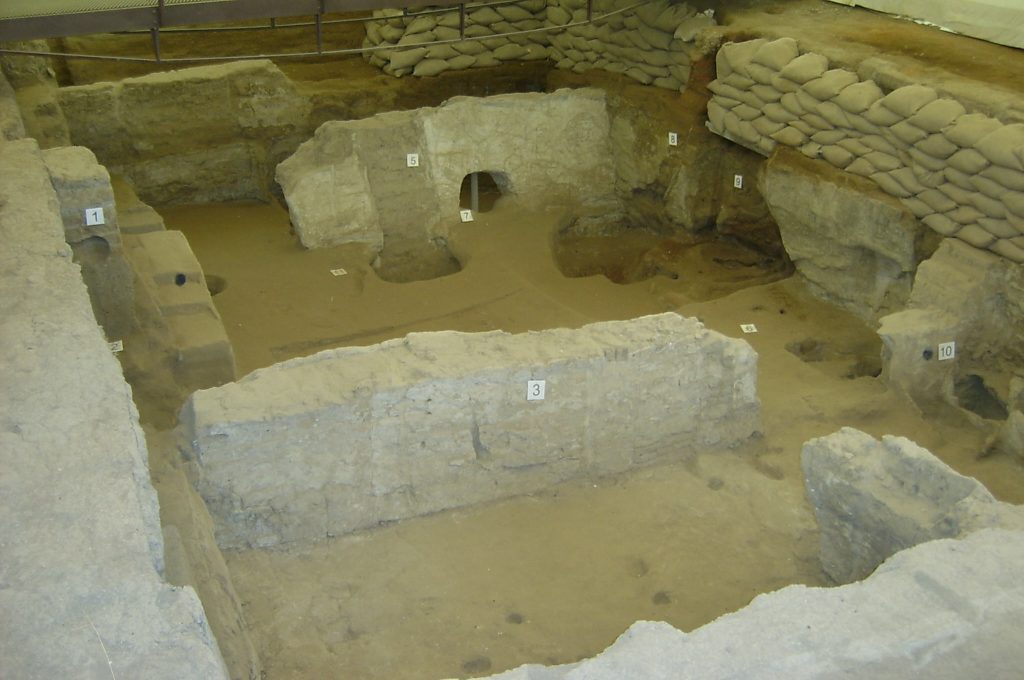
Pınarbaşı Höyük was discovered in 1993, after the second phase of Çatalhöyük excavations began, during surveys carried out mainly on the eastern approaches to determine the environmental sources of the Neolithic culture in this settlement.
Boncuklu Höyük was discovered in 1983 during the Konya Surface Surveys under the direction of Prof Dr. Douglas Baird from the University of Liverpool.
Dating about a thousand years before Çatalhöyük, Boncuklu Höyük is also one of the rare places where the first phases of agriculture and animal husbandry are explored. However, the inhabitants of Boncuklu Höyük are seen as the pioneers of Çatalhöyük Culture.
In the light of the information revealed as a result of the Boncuklu Höyük excavations, it will be possible to carry the research on Çatalhöyük culture, its origin, and symbolic structure to a wider platform and evaluate it from a different perspective.
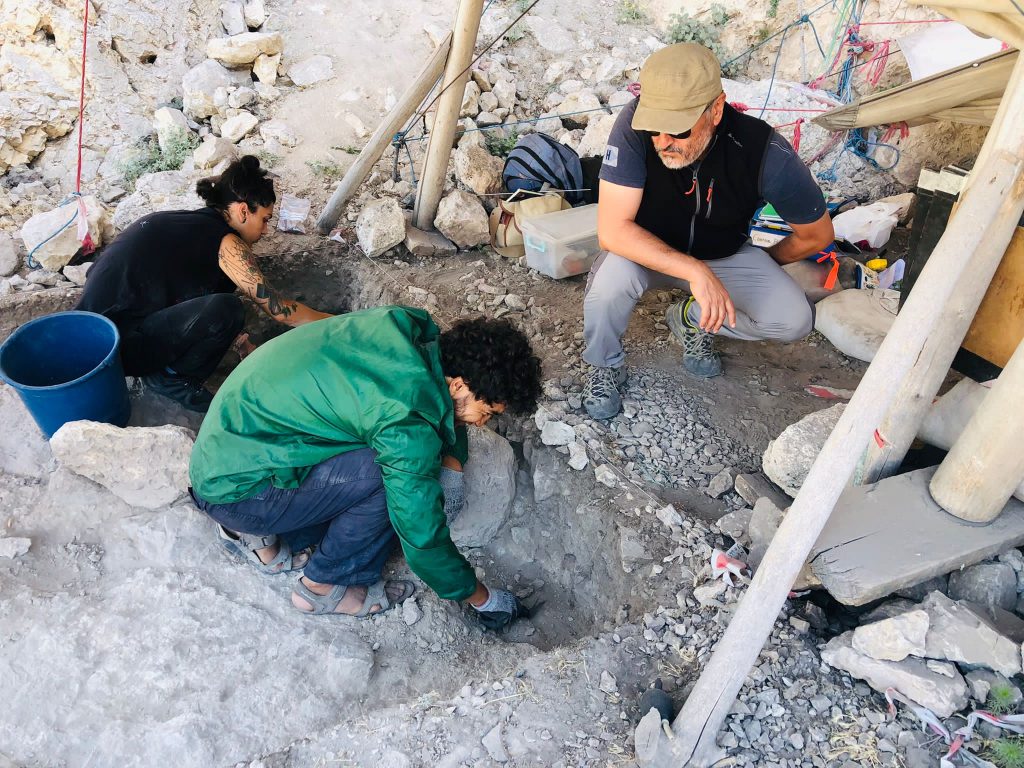
The microlithic tools found in the excavations in Pınarbaşı Höyük are dated to 8500-8000 BC according to the analyzes made with the C14 method.
In 2003, another study was conducted to understand whether the society living in Pınarbaşı in 9000 BC ( before present-day 11 thousand years ago)was nomadic or settled. A settlement dating to 9000 BC was unearthed in an area covering most of the top of this small mound.
A cemetery area containing cist tombs made of stone and mudbrick is one of the most remarkable discoveries in Pınarbaşı.
This cemetery area was dated to 14,000 BC with the statement made by the Department of Excavations and Researchs, and it was reported that it could be the oldest known cemetery in Anatolia.
The Department of Excavations and Research sharing attracted attention, while also increasing the expectation for a new Carbon 14 dating. It seems that the news from Pınarbaşı Höyük in the coming period will excite Archeology lovers.
We follow the developments.
Cover Photo: Department of Excavations and Researchs
Source: In this article, excerpts are taken from Associate Professor Adnan Baysal’s article titled “Konya Ovası Neolitik Dönem Kültürel Gelişimi İçinde Boncuklu Höyük ve Önemi”.

